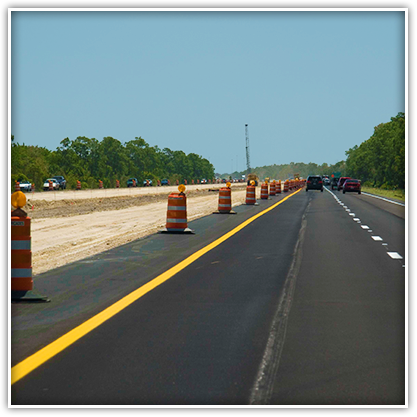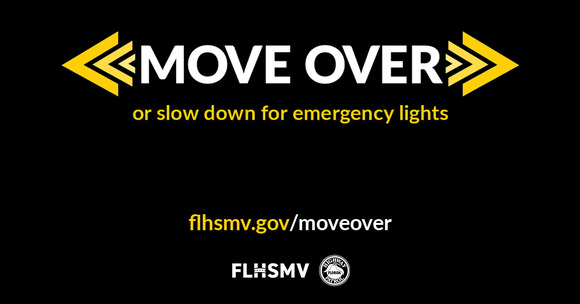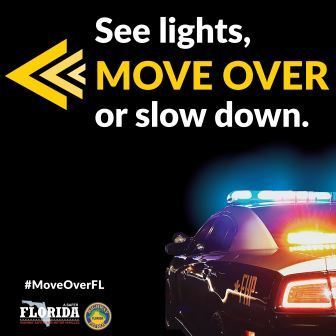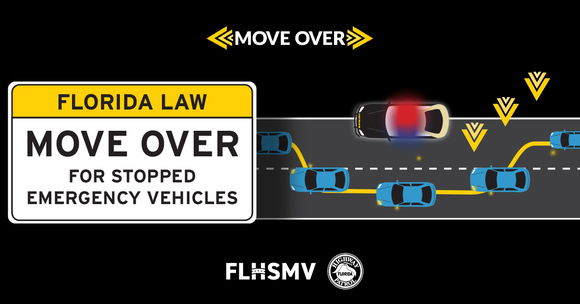Safety always comes first. That means safety will never be compromised by cost or schedule. We want you to make safety a top priority, too. Review the materials on these pages to keep you, and others around you, safe while you’re driving on the Interstate 4 (I-4) corridor during construction.

Our team’s culture places the safety of the traveling public and our workers as a top priority.
The Florida Department of Transportation urges those driving through the I-4 Beyond the Ultimate work zones — and all work zones — to drive carefully. Florida’s future depends on it.
In work zones, speed limits may be decreased, lanes may be closed, narrowed, or shifted, and people may be working near the road. Drivers exceeding the speed limit when workers are present face doubled fines.
Below are some tips to bear in mind while driving through construction zones.
Be Alert – Pay attention to the road and your surroundings in the work zone.
Don’t Tailgate — Unexpected stops frequently occur in work zones. Allow at least two car lengths between you and the vehicle in front of you.
Minimize Distractions — Avoid changing radio stations and using cell phones while driving in the work zone. Dedicate your full attention to the roadway.
Expect the Unexpected – Work zones are changing environments. Keep an eye out for workers and their equipment.
Don’t Speed – Follow the posted speed limits in and around the work zone.

Orange barrels mean pay attention! Please drive carefully in the work zone.
Work Zone Speeding: A Costly Mistake
Approximately 37,000 people were injured in work zone crashes during 2022, according to the U.S. Department of Transportation. Nationwide, work zones saw:
- Over 96,000 crashes, 34% of which were caused by speeding, and 21% were rear-end crashes.
- 891 fatalities from crashes, 94 of which were roadway workers.
Renewed caution is especially important in Florida, which ranked fourth in the nation for fatal work zone crashes in 2022. Road workers in construction zones throughout Central Florida face the real-life dangers of working in and around ongoing traffic.
Excessive speed is a factor in more than a third of fatal work zone crashes throughout the state. Drivers exceeding the speed limit when workers are present face doubled fines. For example, the penalty for driving 10 mph over the posted speed limit in an active construction zone is $200 plus court costs.
The Wireless Communications While Driving Act has a special significance for those who drive through the many work zones located within the I-4 Beyond the Ultimate project.
The Florida state law makes texting while driving a primary offense and prohibits drivers from holding cellphones in active work and school zones. The aim of that part of the statute is to lessen the likelihood of distracted drivers riding through those areas and, thus, increase the safety of construction workers, school children, and others.
Texting and driving can not only hurt you and your passengers, but it also puts everyone on the road in danger. Drivers who violate the hands-free portion of the law now receive a minimum $60 fine with additional county and court fees, plus points on their licenses.
As an alternative, hands-free devices may be used.
For additional information about the Wireless Communications While Driving Law, visit flhsmv.gov/focusondriving.
For more information about I-4 Beyond the Ultimate projects, including the Sand Lake Road project, visit I4beyond.com/sandlake.




